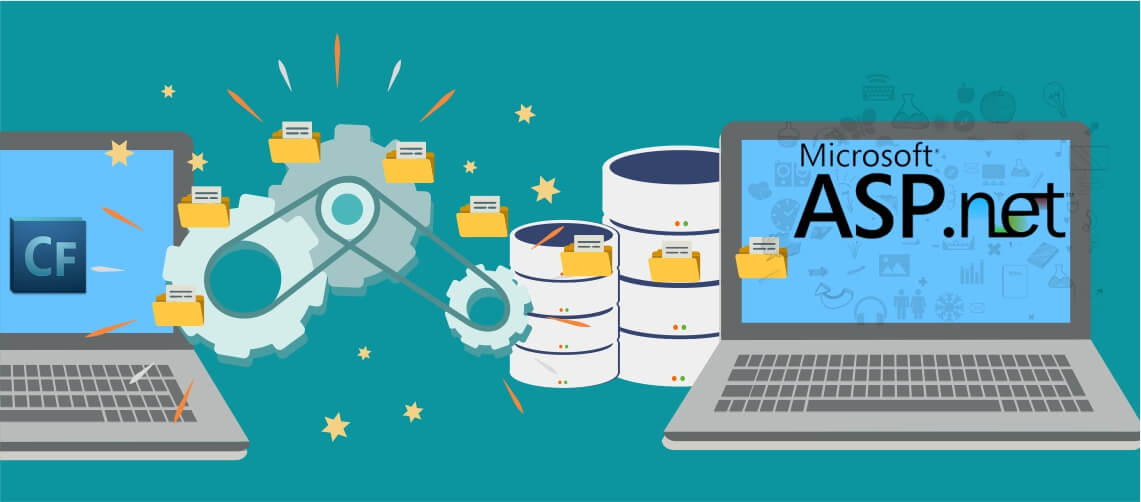 It’s no secret that the world of technology is ever-evolving. From Web 1.0 to the current climate of Web 2.0, new platforms and technologies have revolutionized how we communicate, create content, share ideas, and even buy products. But what does this all mean for the next wave – Web 3.0?
It’s no secret that the world of technology is ever-evolving. From Web 1.0 to the current climate of Web 2.0, new platforms and technologies have revolutionized how we communicate, create content, share ideas, and even buy products. But what does this all mean for the next wave – Web 3.0?
Is it an opportunity for growth or a risk for developers who wish to adopt cutting-edge tech tools into their projects? This post aims to discuss the risks and challenges associated with ramping up development related to emerging forms of advanced web applications like those found in Web 3.0—and reveal what it could mean to be a part of this ground-breaking industry shift!
What Is Web 3.0 and Why Does It Matter?
Web 3.0 has been dubbed the “Semantic Web”, referring to a world of interconnected, intelligent data that surpasses anything we could have ever imagined in earlier generations of the web. With this new enhancement, users can access information more accurately, leading to better results and more intentional topic searches.
By connecting computers on a much deeper level rather than just documents published online, users benefit from faster and more relevant searches and information that is quickly updated. Ultimately, Web 3.0 will revolutionize the way we interact with technology as it brings intelligent machines closer together, making our lives easier.
From creating new job opportunities to artificial intelligence-driven projects and beyond, Web 3.0 promises to redefine the world around us in exciting and awe-inspiring ways!
The Risks Associated with Web 3.0
Before you get your hopes up too high for a utopian cyber future, remember that Web 3.0 does carry its own set of risk factors. While it seeks to implement the security of blockchain technology, depending on implementation details, user-generated content can be extremely vulnerable to cyber attacks.
Web 3.0 is often hailed as the perfect solution to many of our security woes, but could its reliance on user-generated content through distributed and decentralized platforms actually put us at greater risk?
It’s an important question to consider, as Web 3.0 promises many exciting changes. While there is much optimism about the newer iteration of the internet, we must recognize that any technology can be vulnerable to security risks if it isn’t built correctly.
Here are the top risks associated with Web 3.0:
-
Pre-existing risks
We often ask “Is Web 3.0 safe?” and the answer lies in recognizing the existing pre-existing risks that may have translated from the earlier generations of the internet. Though these may arise, they can be identified and managed with relatable controls.
Few examples,
- Malicious attacks are likely to occur and need to be assessed using strong identity management processes
- Unauthorized digital intrusions might require advanced detection software
- Third-party dependencies need to be continuously monitored
- Application performance issues must factor in updates frequency
Finally, experienced staff are key players in efficient operations. All-in-all, pre-existing risks can be recognized and managed with the right technical safeguards.
-
Unapproved access to information
Web 3.0 has the potential to revolutionize the internet in many ways, but this power comes with several large risks. Unauthorized access to confidential or sensitive information could be just one of the most common examples of Web 3.0 attacks.
As more data is collected online and automated machine learning gets sophisticated enough to interpret a wide range of user data, even seemingly small bits of personal information could end up in malicious hands.
While focusing on preventing unauthorized access is a must for Web 3.0 security, we must also be conscious about extra steps needed to guard against manipulation and misuse of users’ resources.
-
Malicious script injections
When it comes to protecting Web 3.0 from malicious mischief, malicious script injections are often the biggest challenge. SPARQL injections, in particular, can wreak havoc, providing hackers with backdoor access to a database’s backend. Wisely crafted queries can be used to manipulate Web 3.0 commands, making sure that your data isn’t safe until you take preventive security measures against malicious script injectors.
Although Solidity is usually considered enough for most Web 3.0 tasks, it’s not the only language on the block – query and update languages need to be factored into the security equation or you’ll be facing cyber trouble sooner or later.
Well, there are more script injections that you should be talking about. Blind SPARQL injections are a devious form of script injection, sneaking their way into the unsuspecting database and looping through repeated queries to collect data.
There are also the significantly more harmful SPARUL injections that can not only read data, but also manipulate and alter it leading to significant damages to the affected entities.
-
Social engineering attacks
The next big buzz phrase amongst conversations around Web 3.0 security is social engineering attacks. Web 3.0 is all about introducing ontologies for improved integration and semantic data metrics.
With so much data floating around the web, users can easily lose track of where their personal and sensitive information is stored – opening up avenues for hackers to stake their claim via inference attacks. Inference attack is a serious game where unauthorized third parties can meddle with confidential details in order to harvest private information without knowledge or consent.
Web 3.0 security challenges related to social engineering have jump started an entirely new wave of identity theft tactics. This activity, made possible by the exchange and transfer of digital information, allows malicious actors to harvest personal data for use in fraudulent schemes.
The concern has been heightened with scriptwriters introducing complicated methods of exploiting sensitive metadata. With Web 3.0 technology still in its relative infancy, it’s clear that increasingly sophisticated defensive measures will be necessary!
Conclusion
Overall, the migration to Web 3.0 will be a security challenge worthy thinking upon, for companies across the board. They need to carefully consider how this new technology will impact their business model, operations, and security posture. While there are risks associated with Web 3.0, there are also many opportunities for those who are willing to embrace it.
If you’re looking for help navigating the challenges of the Web 3.0 technology, Mindfire Solutions can serve as your trusted advisor to implement a secure and reliable Web 3.0 framework. We specialize in custom solutions that can help your business take advantage of all that this new era has to offer.
Contact Mindfire Solutions to know more about us!
 In 2015, YouTube replaced Adobe Flash Player with HTML5 as its default web video player.
In 2015, YouTube replaced Adobe Flash Player with HTML5 as its default web video player.  Both ColdFusion and ASP.NET are robust and widely used framework technologies. ColdFusion is currently being supported by Adobe, whereas ASP.NET is being developed and maintained by Microsoft. The usage statistics posted on various websites depict that a large percentage of web developers prefer ASP.NET to ColdFusion. At present, Adobe ColdFusion is being used by 220,149 live websites, whereas ASP.NET is being used by 39,879,138 live websites. However, you should not consider migrating from ColdFusion to ASP.NET just because of its popularity and market share.
Both ColdFusion and ASP.NET are robust and widely used framework technologies. ColdFusion is currently being supported by Adobe, whereas ASP.NET is being developed and maintained by Microsoft. The usage statistics posted on various websites depict that a large percentage of web developers prefer ASP.NET to ColdFusion. At present, Adobe ColdFusion is being used by 220,149 live websites, whereas ASP.NET is being used by 39,879,138 live websites. However, you should not consider migrating from ColdFusion to ASP.NET just because of its popularity and market share.